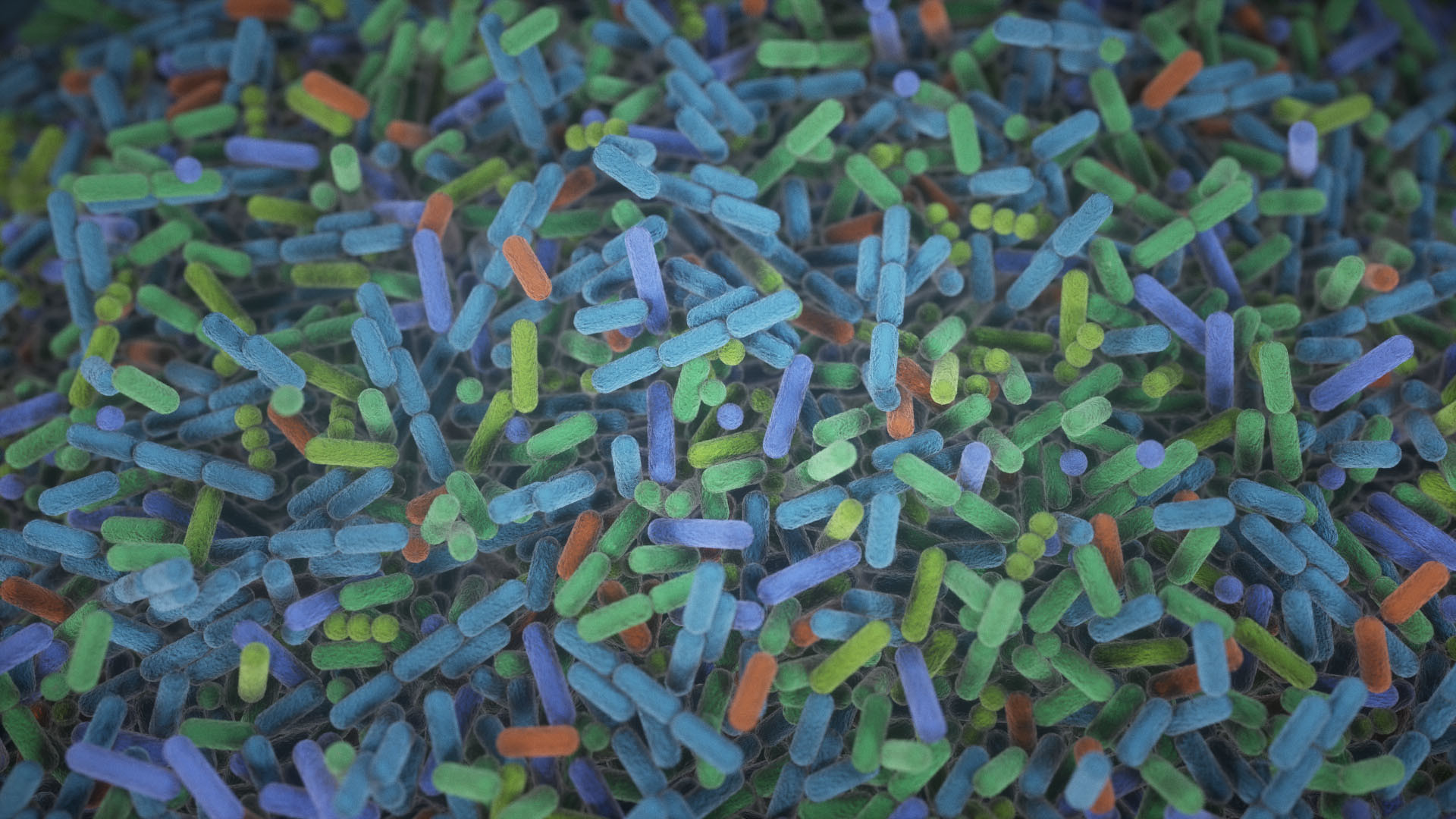The growing threat of neurodegenerative diseases
Neurodegenerative diseases (NDs) are a group of progressive disorders characterized by the gradual loss of nerve cells in the brain, which results in cognitive, motor, and sensory function decline. Parkinson’s disease (PD), the second most common ND, is associated with hallmark motor symptoms like tremor, bradykinesia, rigidity, and postural instability. This results from the degeneration of dopamine-producing neurons in the substantia nigra, and is often accompanied by distinct pathological features like the accumulation of aberrantly processed or misfolded alpha-synuclein protein in Lewy bodies.
The “gut-brain axis” hypothesis in Parkinson’s disease
While the main cause of α-synuclein aggregation is unknown, it was thought to arise from a complex interplay of genetic and environmental factors, with age being the most significant risk factor. However, emerging evidence suggests that the neurodegenerative process in PD begins in the enteric nervous system (ENS), the nervous system of the gut. From the gut, the disease—specifically the α-synuclein pathology—is believed to spread to the brain, traveling upwards through the vagus nerve into the lower brainstem. This observation is further supported by animal studies where truncal vagotomy, a surgical procedure that severs the vagus nerve in the abdomen, prevented the spread of α-synuclein pathology from the gut to the brain.
Role of gut microbiota dysbiosis
Significant research now aims to understand the changes in the gut microbiome of PD patients. Evidence indicates that dysbiosis, an imbalance in the gut microbiota, isn’t just a symptom or consequence of PD, but potentially a major contributing factor to its development.
An animal study provided key evidence: mice genetically engineered to overexpress alpha-synuclein, making them prone to PD-like symptoms, were given fecal microbiota transplants. Microbiota transplants from PD mice worsened their neurodegenerative symptoms compared to mice that received microbiota from healthy controls. This experiment demonstrated that changes in the microbiome actively contribute to the development of PD’s brain pathology.
While specific microbial shifts are consistently observed in PD, more research is needed to pinpoint bacterial biomarkers that can reliably diagnose Parkinson’s disease.
The Biofilm-Associated Proteins of Gut Microbiota
The gut microbiota often forms biofilms, which are structured aggregates of microorganisms enclosed in a self-produced matrix that adheres to the intestinal lining. Formation of the biofilm relies heavily on a complex extracellular polymeric substance composed mainly of polysaccharides, extracellular DNA (eDNA), and diverse proteins. Among those proteins, biofilm-associated proteins (BAPs) play a critical structural and functional role within gut microbiota biofilms. Unlike simple polysaccharides or eDNA, BAPs are large, modular proteins, often weighing over 200 kilodaltons, found on the bacterial surface.
Bap genes are part of gut microbiota’s accessory genome
Bap genes are not universally shared by all strains within a bacterial species. While some bacterial strains produce BAPs, others, even of the same species, do not. The fact that bap genes are frequently located on mobile genetic elements such as transposons, pathogenicity islands, and plasmids, explains this variability. These elements are like genetic “jumpers” that easily facilitate the sharing of bap genes via horizontal gene transfer. Therefore, the ability to produce BAPs can rapidly disseminate through a microbial community, making their presence variable and adaptable to different environments.
BAPs: facultative amyloids
BAPs are initially present in a functional, globular folded form. They require specific environmental conditions—such as acidic pH and low calcium, often encountered in dysbiosis—to transition into highly organized, β-sheet-rich amyloid structures. These amyloid structures then act as crucial proteinaceous components of the extracellular matrix, promoting strong cell-cell adhesion and stabilizing the overall three-dimensional biofilm architecture.
BAP amyloids: culprit behind neurodegeneration
The stable amyloid structures formed by BAPs have structural resemblance to human amyloid proteins, allowing them to act as “molecular mimics.” One way this mimicry might lead to damage is by priming the host’s innate immune system, leading to chronic inflammation. While such inflammation can potentially exacerbate neurodegeneration by affecting ROS levels, this might not be the primary mechanism by which BAPs directly cause alpha-synuclein aggregation in the brain.
Rather, the more plausible mechanism for BAPs is cross-seeding, where they act as templates or “aggregation nuclei” for alpha-synuclein, which is central to PD pathology. Studies in laboratory settings and animal models have found that BAP amyloids co-localize with alpha-synuclein and actively promote its misfolding and aggregation. In addition, exposure to BAP amyloids increases alpha-synuclein’s half-life, which means that cellular mechanisms like chaperone-mediated autophagy are less efficient at eliminating it, leading to its accumulation.
This initial seeding and accumulation of misfolded alpha-synuclein in the gut’s enteric nervous system is then believed to spread in a “prion-like” fashion along neuronal connections, particularly via the vagus nerve. Such propagation from the gut to the brainstem ultimately affects dopaminergic neurons in the substantia nigra, which are characteristic of PD. A compromised gut epithelial barrier, often seen in dysbiosis and in aged individuals, could further facilitate this interaction between bacterial amyloids and host alpha-synuclein.
Conclusion
In summary, there’s an intricate link between the gut microbiota, its amyloid-forming BAPs, and neurodegeneration, particularly Parkinson’s disease. This process is believed to originate via a transmissible pathological mechanism in the gut, with BAPs acting as “transmissible catalysts” that initiate alpha-synuclein misfolding and propagation through the gut-brain axis. In light of this insight, innovative therapeutic strategies can aim to modulate the gut microbiome, specifically by restricting BAP proteins from forming amyloid structures or by preventing the dissemination of bap-coding genes among bacteria. This approach holds significant potential for personalized medicine, where tailored treatments could consider the specific types of bap-coding genes present in an individual’s gut bacteria and the unique mix of amyloid structures already in their system.
Reference
Valle, J. (2025). Biofilm-associated proteins: from the gut biofilms to neurodegeneration. Gut Microbes, 17(1), 2461721.
